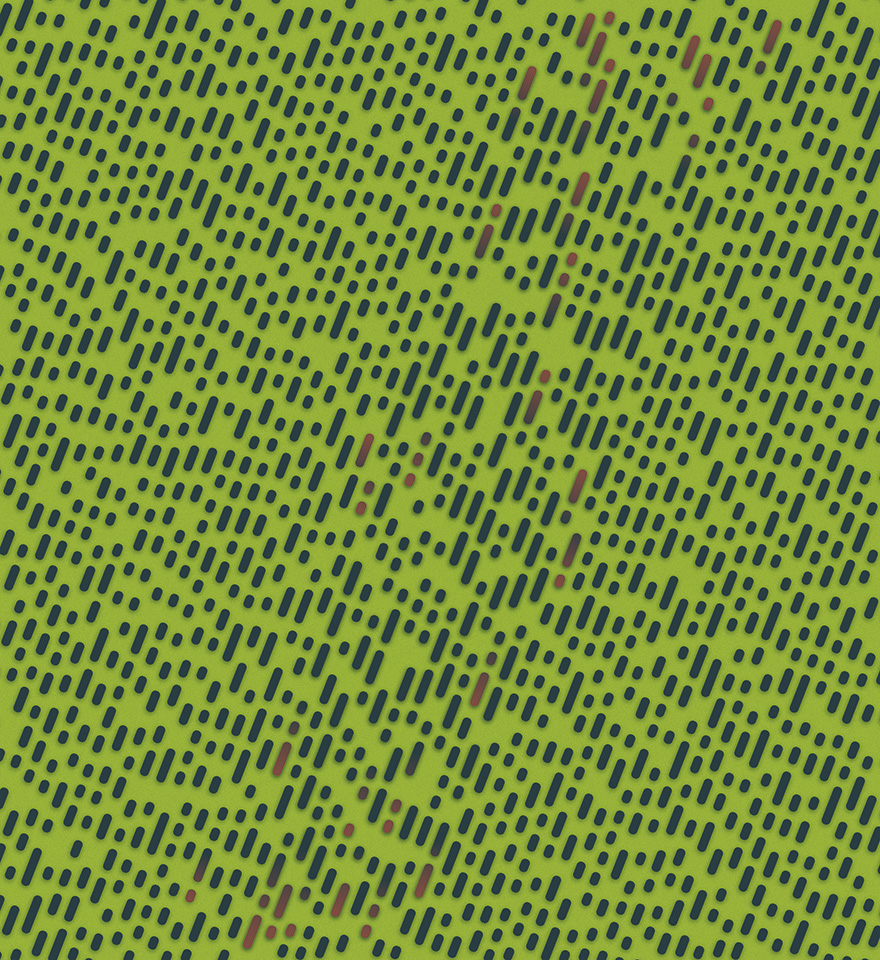PetrovViacheslav
August 3, 1940, Liski, USSR (now Russia) —
CD archetype
This may seem like fiction, but Spotify, YouTube, Google Play, and Apple Music didn’t always exist. Before their advent, access to music was limited. The artists recorded the albums on CDs, which were then sold in music stores. These discs were inserted into computers or players and then turned on to listen. People used to come to stand in lines for new CDs, exchange them, give them on birthdays... It seems so strange now.

The first CD (an abbreviation for Compact Disc) appeared on the shelves of music stores on October 1, 1982. It was something incredible. Before that, music was recorded on phonographs, discs of larger diameter, which could be easily scratched.
First of all, a CD is an optical data storage. The information is recorded on the CD and the laser reads it. The disc can be used not only for music recordings but also to store files of other formats — text, images, videos, etc. It is clear that work on its creation began long before 1982, and as it turns out, the Institute of Cybernetics in Kyiv also worked on it. However, researchers from the Institute were looking for a way to store something else except music. In the late 1960s, a group head by Viacheslav Petrov worked at the Institute on the development of storage devices for the then supercomputers — electronic calculating machines. Until then, information was recorded on an open surface, but, like phonograph records, such surfaces could be accidentally damaged and the information could be destroyed. In addition, the capacity of existing storage was very small. The group was looking for new digital media. Viacheslav Petrov invented it, to be more precise, he developed the concept and technical parameters of the future CD.
The group completed research on optical recording methods in 1975, and in 1976 scientists took on to create the first optical disc. The first glass disk “ES 5350” was produced at the Kaniv plant “Magnet”. And in 1977, Petrov reported the optical disk as the single data storage device at the International Electrotechnical Congress, where about five thousand scientists from forty-two countries were present.
Similar ideas often come to different people at the same time. In the 1960s, in another hemisphere, physicist and passionate music fan James Russell was looking for a way to keep records from wear-out. Being familiar with various methods of recording and storing information, in 1966 he applied for a patent for his optical recording technique — an optical disk, and in 1970 he finally received the patent.
Already in 1979, Sony and Philips began manufacturing CDs. It is not known whether Petrov and Russell’s work inspired them, or whether it was another coincidence.
Like the first models, modern disks are multi-layered. The base material of CDs is made of transparent plastic (polycarbonate), its surface has tiny bumps called “pits and lands” that are arranged in spiral tracks. This method of encoding information is binary. Pit corresponds to “0”, and his absence to “1”. The length of the pits depends on the number of consecutive binary numbers (“0”) of the recorded digital signal. On the same side of the polycarbonate a thin layer of aluminum or less often gold or other metal is applied. And this layer is covered with lacquer where the label is often printed on. When the laser slides on the disk, it recognizes and reads information because the light is reflected from a flat surface and pits with different intensities. Where there are no pits, the laser reflects like from a mirror, and light is scattered on the pits and therefore generates less signal.
The first International Electrical Congress was held in 1881 and has since been held in various cities, including Geneva, Frankfurt am Main, Chicago, Marseilles... In different years, it was attended by Thomas Edison, Nicolas Tesla, Pierre Curie, Werner von Siemens, and others.
The pattern of the record on the CD is somewhat similar to the Morse code.
After appearing on store shelves, CDs quickly beat record sales of phonograph records. By 2007, more than 200 billion CDs had been sold and purchased worldwide. The same year was the last successful year for CDs — streaming platforms appeared, which had facilitated access to music, and sales of CDs began to fall steadily.
It may seem the CD era has passed, but not yet. A few years ago, Viacheslav Petrov’s team made a single-crystal sapphire disk, which can store up to 210 Mb of information forever, and in 2021, Asian scientists developed a technology that allows you to store up to 700 Tb of information on one optical disk. For comparison now a standard single-layer disk can hold only 700 Mb. These discs may not attract the attention of music lovers, but scientists who continue to look for better ways to preserve the results of their hundreds and thousands of studies and experiments will be interested in the technology.